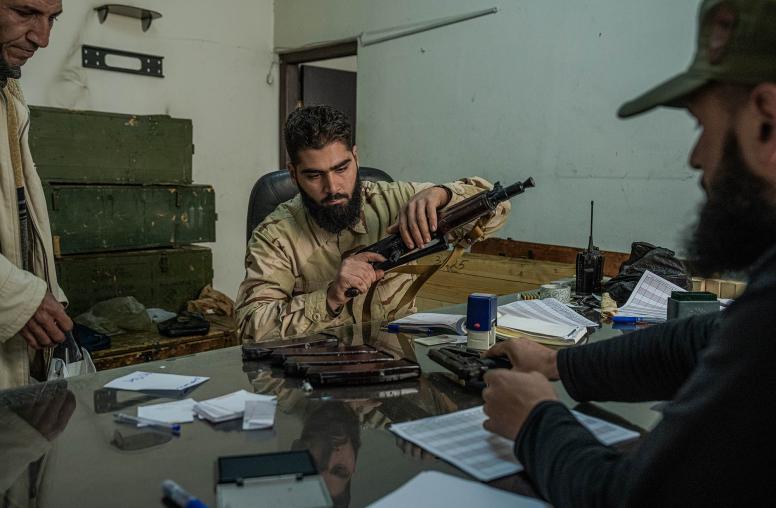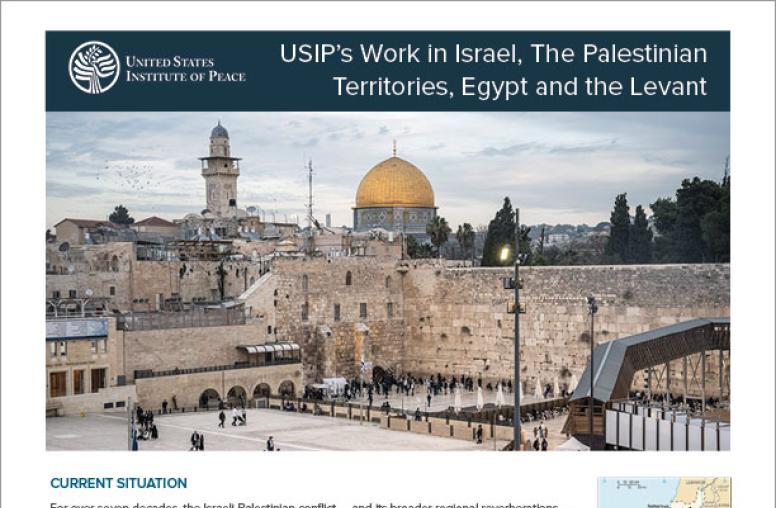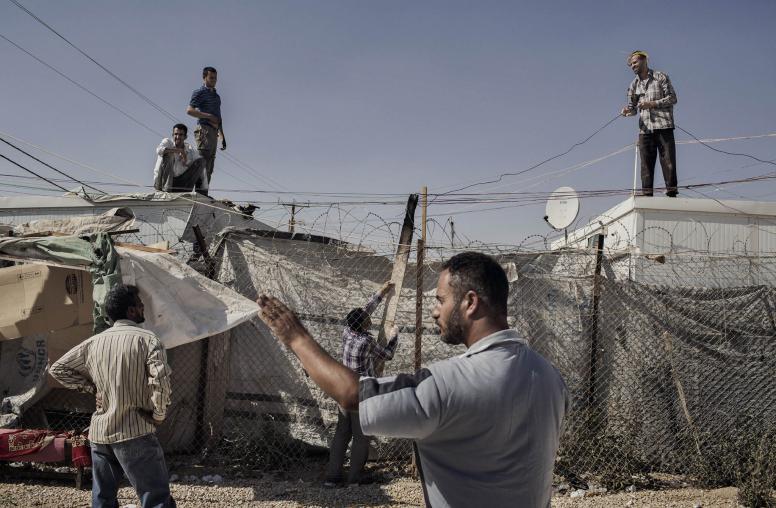A Renewable Energy Peace Park in the Golan as a Framework to an Israeli-Syrian Agreement
The widely discussed Syrian-Israeli peace park concept is rooted in the assumption that Syrian and Israeli "good will" for cooperation is sufficient to mobilize a long- lasting, firm peace treaty between the two countries. The current discussions on a layout for a peace park provide a description of the mechanisms that will control and maintain the park, but fail to provide the insights for how to keep these mechanisms functioning in one, five or ten years into the future.

Introduction
The widely discussed Syrian-Israeli peace park concept is rooted in the assumption that Syrian and Israeli "good will" for cooperation is sufficient to mobilize a long- lasting, firm peace treaty between the two countries. The current discussions on a layout for a peace park provide a description of the mechanisms that will control and maintain the park, but fail to provide the insights for how to keep these mechanisms functioning in one, five or ten years into the future. This paper argues that given the lack of stabilizing factors in an Israeli-Syrian partnership, even if negotiations succeed and an agreement is signed, the probability of failure during implementation is high.
This work will present options that can increase the acceptability of the park concept to both parties and provide measures to sustain the agreement in the future years. The work will explore the enhancement of a peace park design, by including renewable energy components and tourist activities. These additions to the general peace park concept will generate benefits to a peace treaty: the peace park will be self-sustainable and eventually profitable; the renewable energy aspect of the park idea will add an important extra dimension to the peace effort, contributing not just to regional peacemaking but also to environmental sustainability; finally, it is argued that such additions will significantly improve the chances of reaching an agreement in the first place.
The assumptions and analysis in this work are mostly based on a series of interviews and discussions conducted over the past several months and on several texts discussing the peace park issue, mainly the International Crisis Group’s Middle East report from 2002 and Frederic C. Hof's policy paper written for the USIP in March 2009. In that sense, this work attempts to expand and develop the idea of a peace park, providing it with a larger work frame to ensure further cooperation between Israel and Syria.
About the Author
This USIPeace Briefing was written by Yehuda Greenfield-Gilat. Greenfield-Gilat is a graduate of Harvard Kennedy School of Government and holds a Bachelor of Architecture from the Technion-Israel Institute of Technology. He is the cofounder of SAYA, an architectural and planning practice providing design, research and consultancy services. SAYA’s main focus in its pioneering resolution planning work, characterized by deployment of architectural and urban design tools for the promotion of conflict resolution and conflict management. His graduate work focuses on the influence of development, infrastructures and planning tools on conflict resolution and territorial negotiations. He lives in Jerusalem. The views expressed here are not necessarily those of USIP, which does not advocate specific policies.
Related Works
- Mapping Peace Between Syria and Israel
USIP Special Report by Frederic C. Hof, March 2009


